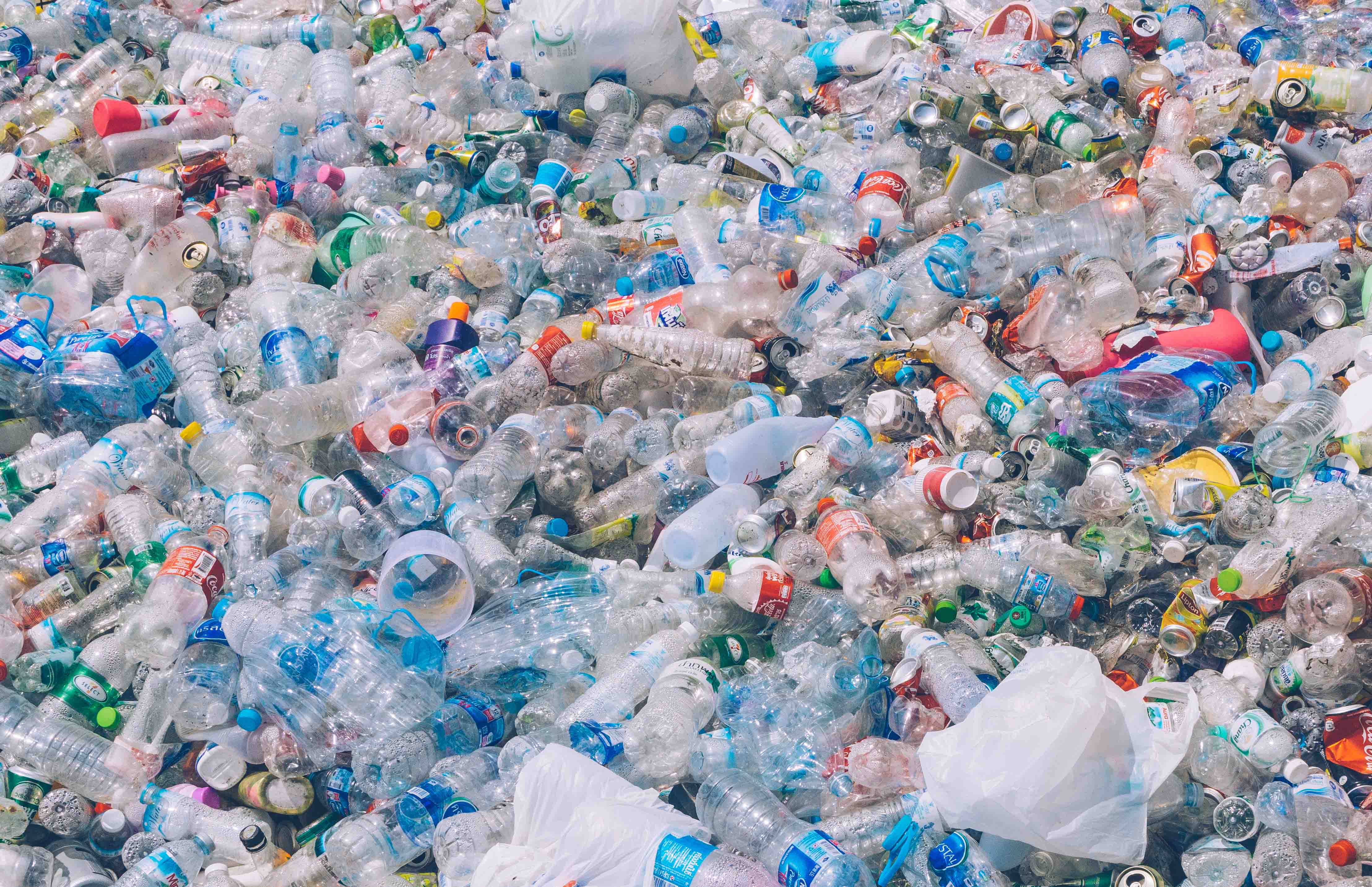Researchers may have found a realistic alternative to plastic. The alternative comes in the form of a newly developed “bioplastic” pellet, which could prove to be more sustainable than the current plastics we use in bottles and other objects.
Based on a paper published in RCS Sustainability recently, the pellets are able to function as an absorbent, pulling phosphate out of water, which is extremely useful, as some surface water has high concentrations of the chemical, causing a global water security issue, the researchers explain.
On top of being an alternative to plastic as a whole, the researchers claim that bioplastic pellets can also be distributed as agricultural fertilizer. Much like plastics, the newly developed eggshell pellets can also be used in boxes or plastic bags designed to contain food. Having a bioplastic that could break down naturally would help fight plastic pollution like that seen in the header image above.

The researchers describe the pellets as “closed loop” materials and say they designed them from wheat straw, marine polysaccharides, and eggshells. Because of their natural derivements, the pellets can also break down in soil, providing fertilization for crops.
On reason these bioplastic pellets are especially intriguing is the fact that they can help cut down on phosphate rock mining. Phosphate is a non-reneweable resource, and the mineral is in limited supply, making it especially frustrating that it often leaches into nearly water sources.
Because the pellets can absorb the phosphate, though, they could also be used to pull it from groundwater sources, allowing us to harvest phosphate without having to mine it. The pellets are an especially good alternative to plastics, though, because plastics break down into microplastics, which are extremely damaging.
Considering we’ve discovered microplastics contaminating our water and food, finding a solution to cut back on the amount of microplastics being put back into the environment is extremely important, and that’s why bioplastics like these pellets offer such a promising future.
